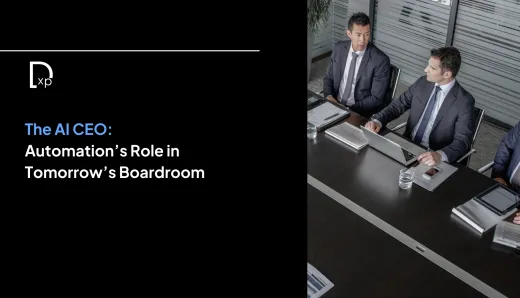Optimizing Self-Service Workflows to Boost Digital Resolutions

In the age of digital transformation, the shift towards self-service is undeniable. Customers now expect to resolve issues on their own, whether they’re managing account information, troubleshooting problems, or making purchases. But delivering an effective self-service experience involves more than just setting up a help center. To truly enhance digital resolutions, businesses need to identify, prioritize, and continuously optimize their self-service workflows. This strategic focus not only reduces the load on customer support teams but also improves customer satisfaction and overall operational efficiency.
Identifying Critical Self-Service Workflows
The first step to optimizing self-service is identifying the workflows that have the most potential for automation. These workflows typically include tasks that customers frequently perform on their own, such as resetting passwords, tracking orders, checking balances, or resolving common technical issues. However, identifying the right workflows isn't just about finding the most frequent requests—it’s about pinpointing where your customers face the most friction and where the highest number of support tickets originates.
Using analytics tools, businesses can track where users drop off or seek help after attempting a self-service interaction. AI-driven customer journey mapping tools can also provide deeper insights by analyzing patterns in user behavior to predict which touchpoints cause the most frustration.
By identifying these "pain points," you can focus on optimizing the workflows that will have the greatest impact. For example, a large percentage of users struggling with order tracking may signal an issue with how information is displayed on your website. Optimizing that single workflow could drastically reduce customer complaints, leading to higher satisfaction.
Prioritizing Workflows for Optimization
Once critical workflows are identified, the next challenge is prioritizing them for optimization. Not all self-service workflows require the same level of attention, and businesses should focus on high-impact workflows first. The prioritization process typically involves evaluating workflows based on several key factors:
- Customer impact: How many customers are affected by the workflow? Is it a critical touchpoint in their journey?
- Cost to the business: How much does each manual interaction cost? How much will automating or improving the workflow save?
- Frequency of use: Is this a workflow that customers frequently engage with? The more common the workflow, the higher the potential for improving operational efficiency.
- Complexity of optimization: Is the workflow simple to automate, or does it involve multiple variables and inputs? A balance must be struck between ease of implementation and the potential payoff.
By aligning these factors, businesses can create a roadmap for optimizing workflows in a way that delivers maximum impact with minimal disruption. High-frequency, high-impact workflows should be prioritized to deliver the quickest return on investment.
Optimizing and Iterating for Continuous Improvement
Optimization doesn’t end with initial implementation. Businesses must adopt a mindset of continuous improvement, using real-time data to monitor the effectiveness of their workflows and iterate as needed. AI and machine learning can play a crucial role in this by automatically analyzing patterns of success and failure in self-service interactions and recommending adjustments in real time.
For example, AI can help you recognize when customers frequently abandon certain self-service tasks, signaling that the process is too complex. By simplifying forms, clarifying instructions, or offering contextual support—such as dynamic FAQs based on user behavior—you can reduce friction and enhance the user experience.
Another optimization strategy involves integrating personalized elements into the self-service journey. Using customer data, businesses can pre-fill forms, tailor suggestions based on the customer’s past behavior, or offer personalized troubleshooting guides based on previous interactions. This level of personalization not only reduces effort but also makes the self-service process feel more intuitive and seamless.
Ultimately, the key to success lies in regular feedback loops. Continuous monitoring and testing, combined with direct customer feedback, will ensure your self-service workflows evolve alongside customer expectations and emerging technologies.




